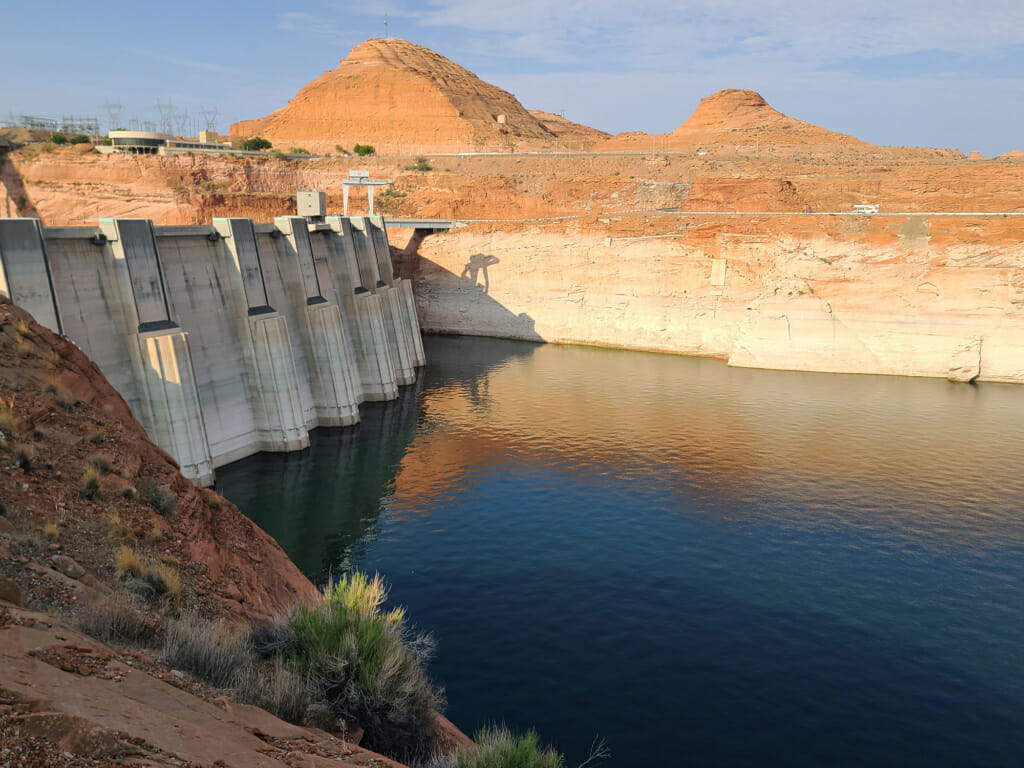

More than 27,000 new homes were completed in Phoenix’s Maricopa County last year. The moratorium on new development doesn’t include some 80,000 homes that the state has already approved, and it will take a few years to build all those homes out. New construction won’t come to an immediate halt anywhere. The state’s moratorium won’t make future growth impossible, but it will make it much harder and much more expensive, jeopardizing the profitable real estate business that has fueled the city’s expansion. Developers have already planned thousands of new homes across dozens of cities and towns within the region. The announcement sent a shock wave through Arizona’s housing market and raised questions about the future of the sprawling Phoenix metroplex, which is one of the nation’s fastest-growing metro areas with nearly 5 million residents and counting. For decades, most of them have met that standard by drilling for groundwater. In order to build homes in Arizona, developers typically must first show they can have access to a hundred years’ worth of water for those homes. In response to these findings, the state government just took the drastic step of limiting new housing construction in Phoenix and its suburbs, telling developers they can no longer rely on groundwater for new subdivisions.

The total shortfall amounts to almost 5 million-acre feet, or around 1.6 trillion gallons, that were permitted for use over the next hundred years but may not exist at all. If the Phoenix area keeps pumping water at its current rate, those aquifers will tap out over the next century, according to the department. The data was alarming: The state found that it has allocated more groundwater to cities and farms over the next hundred years than is actually present in the aquifers. Earlier this month, Arizona’s water department published a new report assessing how much water remains in the aquifers below Phoenix. Thanks to a decades-long megadrought fueled by climate change, the city stands to lose much of that supply in coming years as the river dries up and the state faces water cuts.Īnother third of the metro’s water comes from underground aquifers - and that water is running out, too. Around a third of the desert city’s water comes from the beleaguered Colorado River. Phoenix, Arizona, is facing not one but two water crises.


 0 kommentar(er)
0 kommentar(er)
